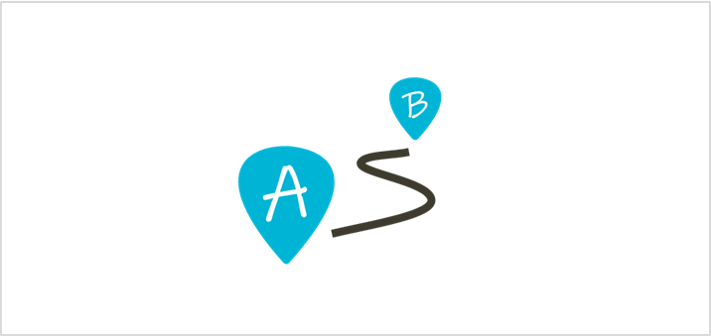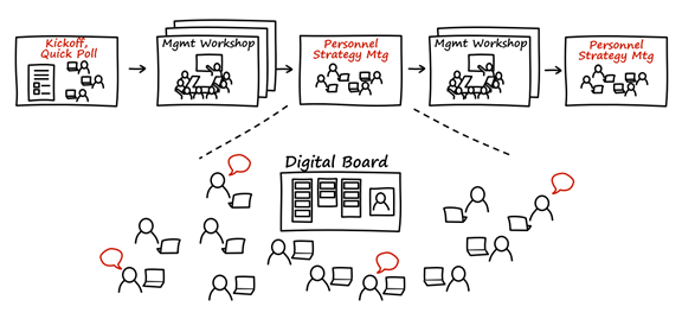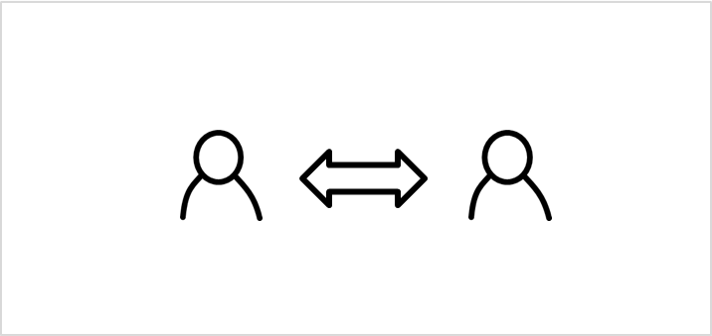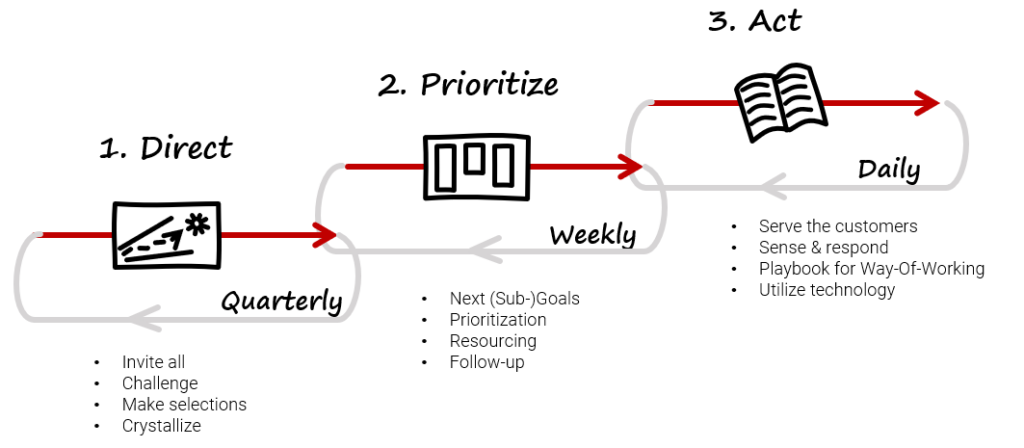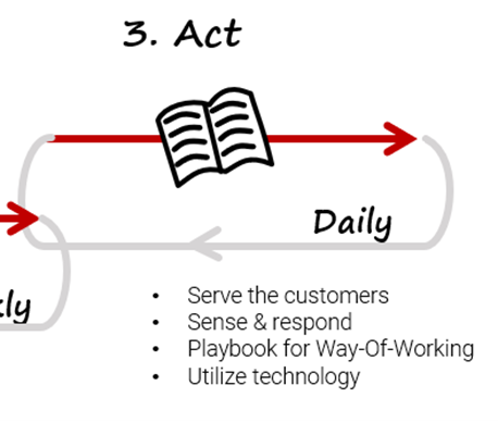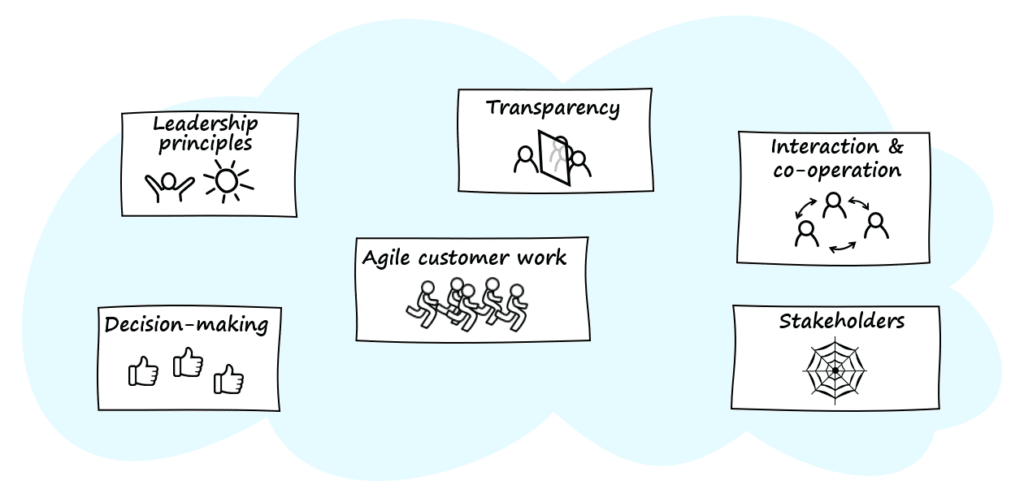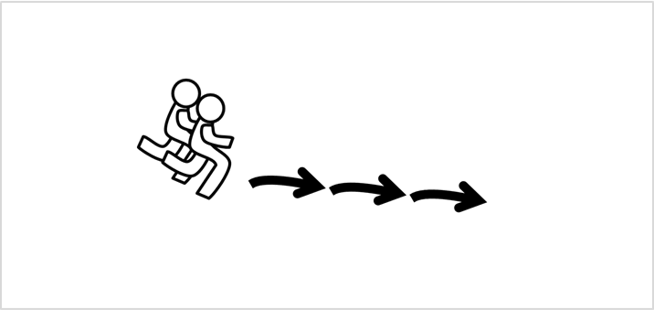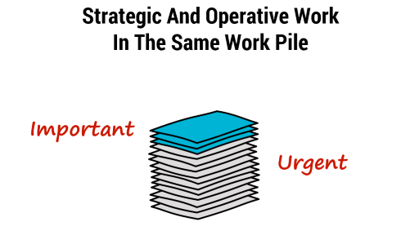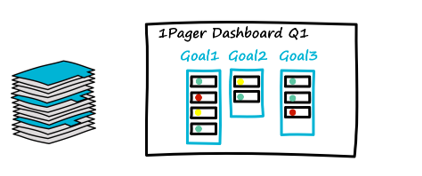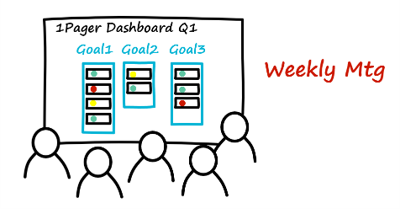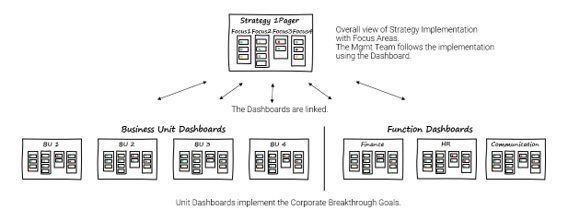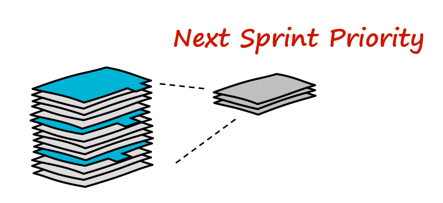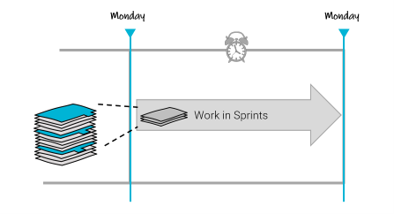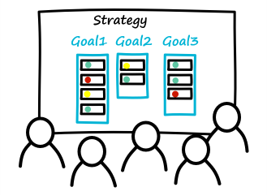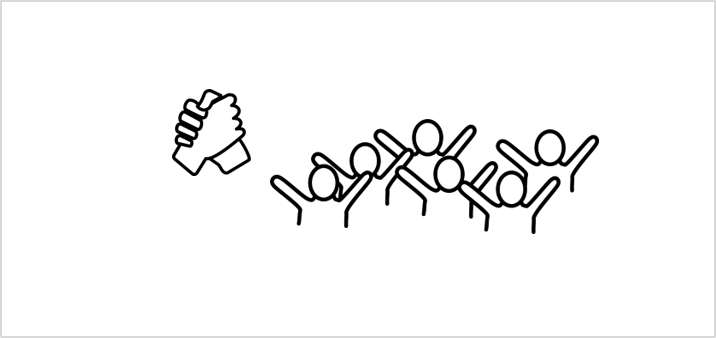Stradigo
A Successful Strategy is a Journey — 1.01
Markus Westerlund
Share this blog
Welcome to the first blog! This blog is part of a series that will center on a concept I call the Strategy Journey and the experiences I have had with it over the years.
Strategic planning
Strategic Planning is a challenging process. First, it is pretty hard to understand the strategy and how it helps the company grow and be profitable. Plus, it is not enough to have a strategic plan; you also need to implement it. Strategy implementation can be even more challenging than strategic planning. Without successful execution, strategic planning will not bring about practical benefits.
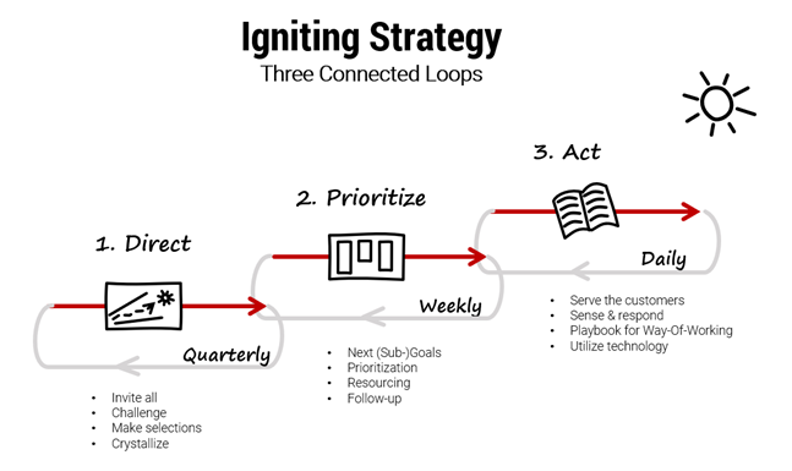
The above model is new, and we have titled it the Strategy Journey. We developed the model because some perceive strategy as a word that is hard to understand, almost like rocket science, or very abstract.
We think that is not the case. Once the company has written a strategic plan, the strategy is simple to understand. The terminology (strategy) causes problems for some people. It can be hard to understand. We have tried to replace it with some other word that is easier to understand. Strategy is an established word.
So, what is a strategy? The shortest and most straightforward explanation we have is this:
Strategy is HOW
How do you launch yourself into the future? What is the Strategy Journey?
Strategy is a journey
Strategy is a journey. And one must keep upgrading it regularly. I had an epiphany while attending a conference in Nashville, Tennessee. He woke up at four in the morning because of jetlag and got to work. He made a realization. Strategy updates do not need to take place once a year in the form of an annual cycle. Instead, we can visualize everything as a Strategy Journey that consists of three parallel streams. Each stream is like a loop that revolves at a different speed compared to the other two.
We call the first loop Direct (We Direct), which is also known as strategic planning. During this loop, the business directs its operations towards the desired future. We use “we” because people in the business work together with the help of technology. Technology allows companies to do strategic planning efficiently, even when involving many people.
The three loops of the strategy process
The first loop needs to revolve in every business, and if the strategy is only updated once a year, then the speed is often too slow. Most firms need to do a review far more frequently. Quarterly reviews may be much more suitable for many companies. Once done with the planning, the company continues to phase two, Prioritize (We Prioritize). Big goals need to be adjusted. The organization must ramp up the implementation efforts. In this case, ramp-up means systematic follow-up of the implementation. The organization adapts its priorities, activities and follows-up performance weekly.
The daily activity takes place inside the third loop, Act (We Act). Once you have your new strategic plan, you quickly get stuck in this phase. When this happens, companies forget about the strategic plan. It falls into the background. Everyone goes with the flow weekly and daily. Going with the flow can work for a time, but often people drop to the floor when they lose touch with the core idea behind the strategy.
All three loops need to be linked together
The point of the Strategy Journey is that all three loops are linked together. Goals come out of the first loop and are compressed and concretized in the second loop. A big mistake you can make is not to keep them linked. Once your strategic plan becomes a PowerPoint presentation, a gap typically forms between your strategy and implementation.
For a long time, we have used the sun as our symbol to describe the Purpose of a client. It is the big benefit the customers receive that, in a sense, is the reason for the company’s existence. The company is not just earning money for business owners. Of course, making money is essential; otherwise, a business owner wouldn’t risk his capital in a risky business. But, if the idea is that we are helping clients, they are pleased and pay compensation for the work, of course. The more we help our clients, the more they are ready to pay compensation for the help they get.
The sun shines upon the whole system and is already in existence today. The Purpose is not some futuristic vision somewhere. It shines both today and tomorrow. In the future, it shines even more profoundly and vibrantly because the business has improved itself.
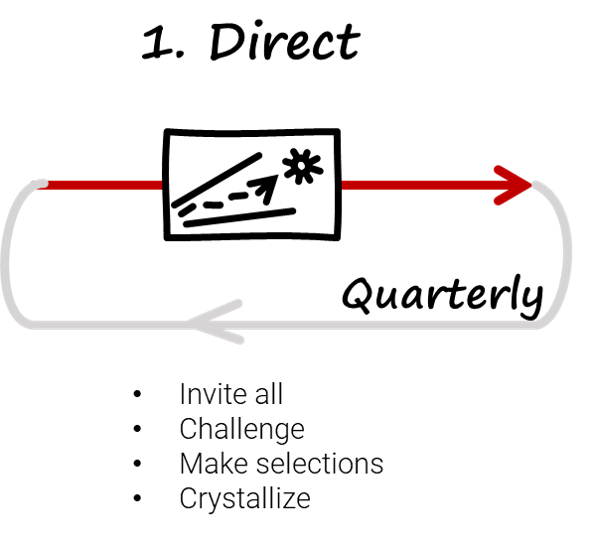
The Direct phase in a nutshell
We intend to go through all phases one by one. Let us start from We Direct. It is a traditional strategic planning process. Let us say the process runs and is ongoing, usually during spring. Everybody is ecstatic at the end of the process! The company management is pleased that they have finally completed a complicated thing, so they hold a briefing for the entire staff.
The Staff Briefing
The CEO of the company explains everything in an hour-long session. When he has finished and showed multiple slides on PowerPoint, it is time for questions. There is always one hand that rises, and the person poses the same question:
“What does this mean in practice?”
Then the CEO should be able to explain what the upper-level idea behind the strategic plan is in practice. Well, he has an answer. Still, most staff are present, and they ask what this all means for their work. It is not the CEO’s job to know. Sometimes I say that the correct answer to that question (which the CEO technically should give but usually does not dare to say…) is:
“Listen, friend, the reason I have hired you is to figure out what this means for your work. I cannot do your work for you! I am trying to figure out my work. Take care of your part.”
… But that is not how it goes. The CEO has to say something concrete.
‘We direct’ means that we decide a sector based on what the sun directs us to do. We sail within the sector every week and month and figure out the best course for today.
Some points why to involve everyone in the strategy process
We have listed four points that have developed through my experiences in this field.
The first point is that you get a significant effect on this process if you invite everybody to participate in the strategy journey from the very beginning. In the old world, this is a radical thing to suggest. In that world, the managers decide the strategy. Inviting others does not happen.
The given reasons are:
A.) They do not understand
B.) It is too expensive to include everybody
Both reasons are myths. They are busted.
A.) They understand the high-level idea
B.) It’s no longer expensive to include everybody in the process and to hold a large online meeting. All thanks to technology!
How the workshops look like in practice
My record is 157 people in a single workshop. With Zoom, I could divide people into 50 breakout rooms. Then we ask them to give written feedback. With good facilitation, this is truly a quick process. The whole process took only three weeks. Everyone participated, and the CEO of the company was astounded at the efficiency. Usually, in larger organizations, it can take up to six weeks. The speed of the process is not defined by a third-party facilitator but by their schedules. Their calendars define how much time they can afford to put into operative work.
A workshop once a week is ok, but no more workshops that last a full day or even two full days. Instead, have a three-hour workshop with the whole group: One-hour kickoff and two hours of hard work.
Invite everyone to take part in the strategy process to save money
Invite everyone because it is not as expensive as persuading everyone to commit to a strategy created inside a board room in isolation. The attempt is unlikely to succeed, and failure means wasted time, which translates to lost money. When people have been participating in strategic planning from the beginning, they understand it. And then an interesting phenomenon happens. These people are beginning to experience that it is their strategy.
”We weren’t taking part in the CEO’s process; we did this genuinely together, and we own this result!”
On an emotional level, it’s pretty terrific! Young people are so excited that they get to witness the creation of the strategy, and they learn how to direct, prioritize and act it out!
Challenging beliefs and myths
During the process, one must be able to challenge one’s beliefs and myths. The new CEO is often good at it because they see everything with a fresh eye and begin questioning things. An experienced third-party facilitator can be valuable because they are not in the circle playing the political game of resources and work positions. They can ask simple, but killer questions and can share their knowledge and experience with other organizations.
As I write this, I’m in my 91st strategy process facilitation. Every process teaches you something! If you’re doing this for the first or third time, I can say that they are small things. How does one make a group think and pull out the information from their heads? Usually, extroverts steal airtime. But even though an introvert won’t fight for their turn to speak and doesn’t necessarily enjoy performing, they might have written down the best idea in the crowd. We must be able to step outside the box. Good questions bring a lot of value, and they can profoundly affect the outcome of the entire strategy process. The company must, of course, analyze the outside world and see where the trends lie. From there, we pick and choose and make big decisions. Once we have made all these decisions at the very end, they are all compressed into a one-page strategy (essential).
Prioritize
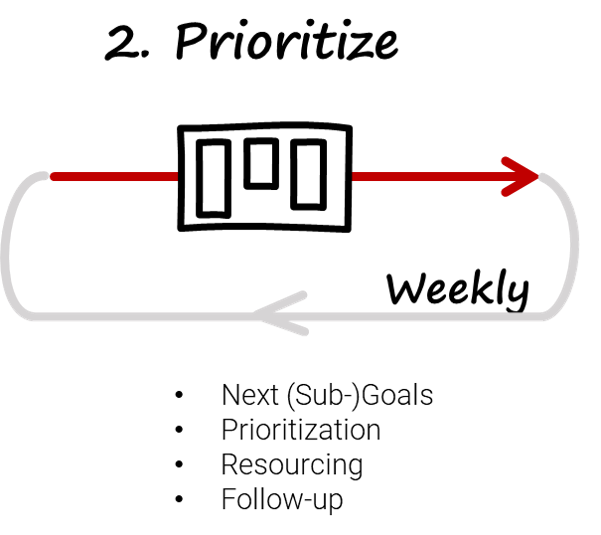
Now we go into the second phase of the strategy process, Prioritize. The strategy is ready as a one-page strategy, the Strategy 1Pager. During creation, tough decisions have likely occurred, and focus areas have crystallized. Now the focus areas need to be specified into sub-goals and be prioritized. Who is responsible for what? Another decision relates to presentation. Should the strategy be written on a slide or documented on a digital board? Slides are static, while everyone can easily access digital boards. If the plan is on a digital board, the business strategy becomes a living document.
Act
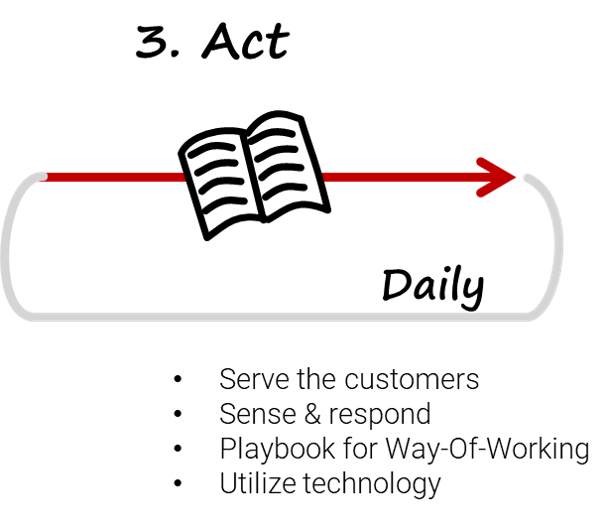
Next, we look at everyday work, which is loop 3. Rotation takes place inside every business. The question is, do we work in an old manner? There has been a good way of doing things. Have we benefited from technology and understood that there would be a much more efficient way to do it.
Customer journey means we analyze our customer’s value-creating process and their way of providing value to their customers. Do we understand their way of working, the process, and do we know the situations they encounter? Situations where they realize they need help from a third-party. People have concerns, no matter the situation. We know what these situations are. They need a solution, and a need is always the answer. That’s why I always tell salespeople not to ask a customer what they need.
The need is the answer. Let’s say my concern is that I’m thirsty. What do I need? A beer. Beer is the answer to thirst. But if I, or you, ask a customer about their need, I delegate the solution responsibility to an amateur because I’m a professional in my field. The customer might answer, but their know-how restricts their ability to respond. They don’t know what the newest things are. It’s your responsibility to say,
“Sure, I can help you with this, but there is a new solution to this. Would you like to hear more about it?” – Yes, they do.
The Big Picture - The Full Strategy Process

When we look at the big picture, we see that three loops need to revolve, and they need to connect. Introducing technology takes matters to the next level.
Currently, I’m working with a billion-dollar company, and they’re not very far in utilizing digital technology as a group. They, of course, use digital technology in their work but mostly individually. Conversations and developments take place under a digital infrastructure. That’s when you have group power. And in most cases, this entirely free if you know how to use the tools and methods! They are very affordable.
When you invite everyone to participate in the first loop, it affects people’s attitudes, and they start implementation right away. Very cool! How do you begin to lead your business in a new way at a management level and the next level, and the next level so that everyone understands the big picture?
Automatic Reporting
One point is also the fact that people complain about the lack of communication. Why don’t people let others know what they’re doing? Why is information moving poorly? I have an easy explanation for that. First of all, when I do something, I should report my doings. I don’t have the time to explain everything that’s happening because it would take as much time, and I wouldn’t progress with my work since I have to report constantly.
If you have an infrastructure that automatically reports to you and you write everything onto a digital board, the decisions are visible for everyone who wants to look. You can even activate notifications. It’s fantastic. If we lack infrastructure, the information won’t communicate to other people in the organization as effectively.
All the loops of the strategy process need to revolve at their speed and link to one another. The first loop very easily gets detached from the others after a month or so has passed. When the first loop detaches, the second and third loops collapse, and we don’t get sufficiently high-quality ideas that the business needs.
Read more.
